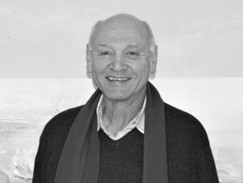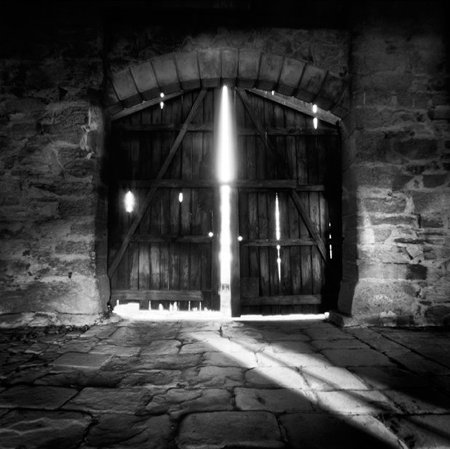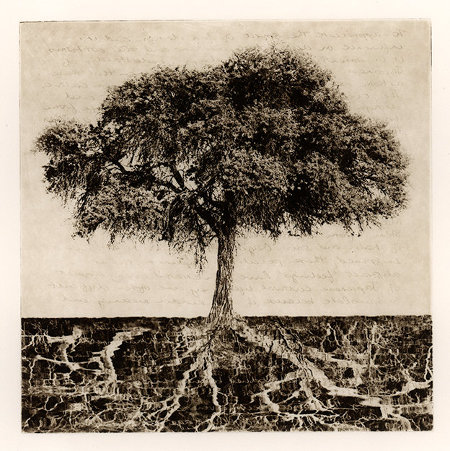
"I am a fine art photographer based in Hermanus, South Africa. For the last
ten years my ceramic artist wife and I ran our own gallery in the Southern
Drakensberg. In addition to marketing our own work we featured that of several
other well-known ceramists and photographers.
During this period I produced a large body of panoramic and pinhole images,
many of which have been purchased by local and international collectors. More
recently my focus has been on exploring the Photogravure Intaglio process
whereby an imaged is engraved onto a steel plate and pulled through an artist's
press. The resulting images demonstrate exqusite detail which is further
enhanced by the archival etching paper used in the process.
My work may be purchased directly from me or from a number of selected
Galleries."
ARTISTS STATEMENT
A current and recurring theme in my imagery is "Disintegration" where I
employ the photographic process as a means to an end. It is merely a palette
with which to explore the destructive effect of time, and the elements, upon
manmade and organic objects.
I have always been fascinated by the dreamlike and ethereal quality of the
work of late 19th Century pictorial photographers and etchers.The monochromatic
and 'gritty' rendition of even the most common subject matter, imparts a graphic
and tactile quality which only an etching can replicate.
Exploring some of the early pioneering photographic processes, (such as
Photogravure, Platinum/Palladium and the Kallitype), has been a totally
absorbing journey. Adapting these to 21st Century analogue and digital practices
has resulted in a new, creative and exciting workflow for me. My current work is
based upon a contemporary adaptation of the original Photogravure process
currently, referred to as The Intaglio-Type.
Space, shape, texture and form play an important role in my seeing and image
making. Sometimes the work is literal and instantly recognisable, whilst in
other instances it takes on a more abstract and interpretive guise. In most
instances however, I prefer to create pre-visualised and constructed imagery in
order to convey mood or an idea.
PINHOLE PHOTOGRAPHY

Instead of a glass lens, a pinhole camera has a minute hole drilled through a
thin brass plate.
An inverted image is formed when light passes through the tiny aperture and
registers on conventional film which is then developed in coffee.
Due to the size of the hole (+ - 250 microns in diameter), exposures tend to
be very long.
One of the characteristics of pinhole photography is an overall "softness",
accompanied by great depth of field.
"These images are part of an ongoing body of work entitled
'Disintegration'. Using a simple handbuilt pinhole camera, I am exploiting
the slow and contemplative approach to photography. This series examines and
documents the destructive effects of time on organic and manmade objects."
THE INTAGLIO-TYPE PROCESS

The origin of the word intaglio, traditionally termed photogravure, refers to
a printed image that has been incised or engraved.
The process involves the engraving of an image onto a metal plate which is
subsequently wiped with ink and sandwiched in contact with damp etching paper
prior to being pulled through an artist's press. The resulting pressure forces
ink into the etched hollows transferring the image to the paper.
The traditional photogravure process employed dangerous and toxic chemicals
and many practitioners ''died for their art!". The process I use faithfully
follows the historical practice but using "greener" materials. The combination
of high quality cotton paper and specialised etching inks combine to produce an
image of exceptional archival quality. My print edition is limited to a maximum
of 20 prints ensuring intrinsic value and collectability.
Alfred Steiglitz, the influential 19th Century photographer and leader of the
Photo Secessionists, embraced the photogravure approach when he produced his
seminal photographic work entitled Camera Work.